The World Comes Tumbling Down
The moment of divergence––apocalypse, cataclysm, discovery, or genesis––looms large in these works of fantasy and science fiction. From slim novellas containing alternate histories and post-apocalyptic revelations to meaty worlds of young adult fiction you can get lost in, these stories are rooted in rupture. Whether it’s a trip to another world or a trip through our world turned on its head, each novel asks what’s lost and what begins when the familiar is left behind.
MEM
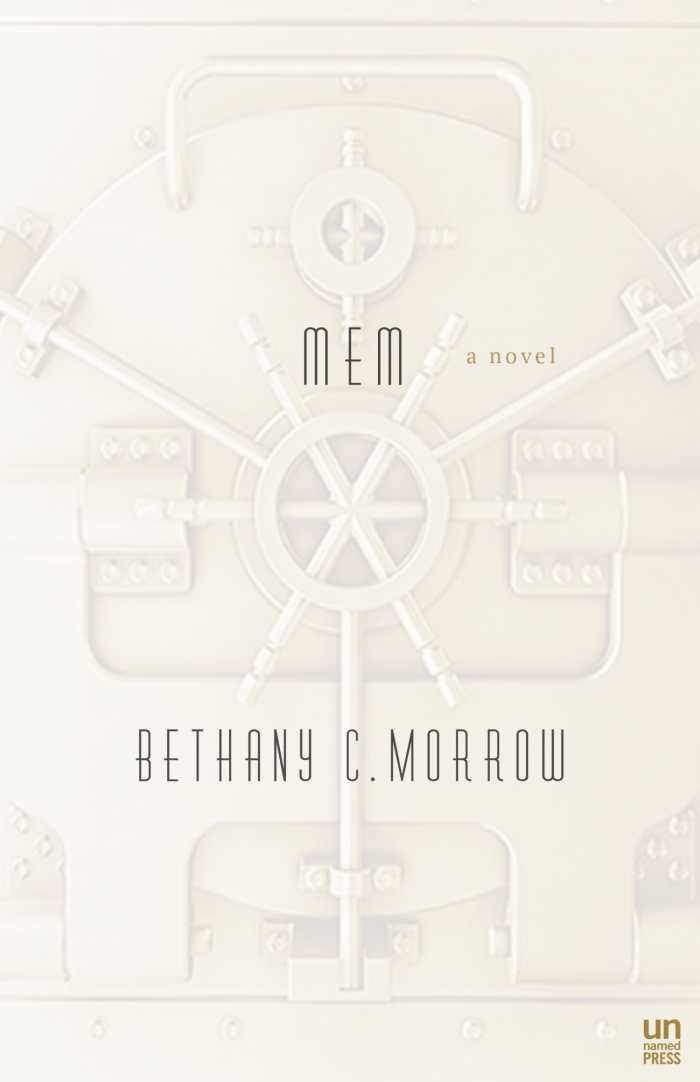
Bethany C. Morrow
Unnamed Press
Hardcover $25.00 (192pp)
978-1-944700-55-3
Buy: Local Bookstore (Bookshop), Amazon
“Inside the Vault, everything was an experiment,” and Dolores Extract No. 1 has been told to return there no later than August 30, 1925. Told in Dolores Extract No. 1’s own voice, Bethany C. Morrow’s MEM is set in an early twentieth century where the wealthy separate themselves from their memories. These memories are property to flaunt, vault, or remold—but Dolores Extract No. 1 isn’t a memory like most. Her fate will be no different, however, unless she can prove—to the courts, her source, and herself—that she’s “real.”
When Canadian professor Dr. Toutant discovers how to remove memories and contain them in identical humanoid vessels called Mems, the rich flock to Montreal for extractions. But society debutante Dolores’s first Mem exhibits unique traits. Instead of being trapped in her spawning memory, this Mem’s awareness grows and expands, while other Mems expire once the emotion of their spawning memories plays out. For this singular Mem, eighteen years have passed, and she’s still trying to figure out what makes her different before it’s too late.
In MEM, technology doesn’t hold center stage; Morrow touches on science in order to further explore humanity. Memory extraction science borrows the language of banking, which only emphasizes the issues of class and privilege at play. Money grants the rich the ability to decide which parts of themselves they own or disown—quite literally. Within this slim novel, such choices center the eschatological and ethical questions underpinning the science of the mind.
Morrow delivers a new classic in her exploration of identity, memory, and human property, proving that, like experience itself, memory is slippery, unpredictable, and rarely what it seems. For those rich enough to capitalize on it, this new science yields unexpected results, but none is more unintended than Dolores Extract No. 1 herself.
LETITIA MONTGOMERY-RODGERS (February 27, 2018)
Blue Window
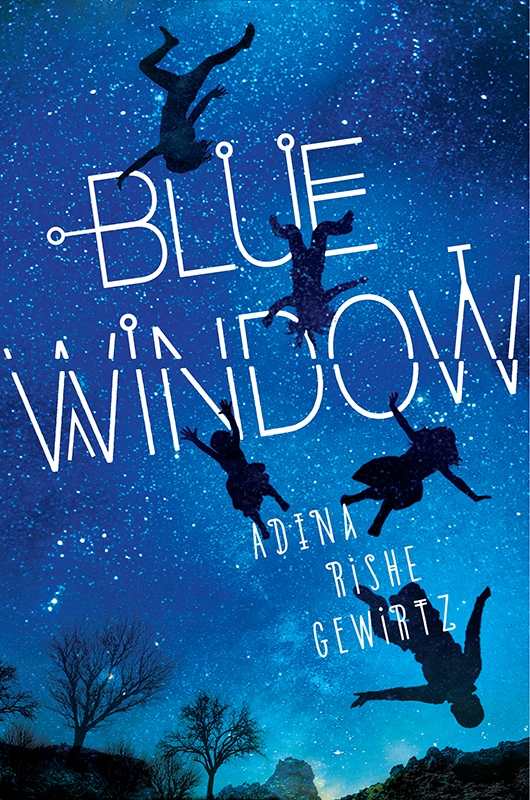
Adina Rishe Gewirtz
Candlewick Press
Hardcover $18.99 (576pp)
978-0-7636-6036-9
Buy: Local Bookstore (Bookshop), Amazon
Thirteen-year-old Susan begins Adina Rishe Gewirtz’s Blue Window “because Susan is the one who names things.” One long December evening, during the span between day and night that she calls “blue window time,” her family room window actually glows an opaque cobalt color. Susan and her four siblings investigate, never suspecting that they’ll fall out the other side into the strange world of Ganbihar, where prophecies speak of the five powerful ones who will bring hope of light when the danger grows.
Susan and her twin, Max, are as different and alike as they are from the rest of their siblings—eleven-year-old Nell, eight-year-old Kate, and seven-year-old Jean. But as the oldest, they’re the de facto leaders, even when they find themselves out of their depth in the Domain of Ganbihar.
Surrounded by deformed, animalistic humans who have survived the Destruction and the Change under the leadership of the Genius, none of the siblings knows whether they’ll survive a place where magic seems real, focused intention grants power, and appearances aren’t what they seem.
Each sibling is given a section of the novel to narrate, and as perspectives shift, who these siblings are and who they’re becoming is continually reconfigured. As they learn about the Genius, the Fanatics, the Sleepers, and the Slashers who inhabit this world, each must construct new notions of good and bad, even as Ganbihar offers or denies them power, privilege, safety, and security according to terms they’ve never before known.
A classic portal fantasy, Blue Window reveals the intricacies of individual experience. As each sibling wrestles to understand Ganbihar’s societal ethics and values, divergent realities are created. Ultimately, the five siblings must reconcile these truths and their relationships to each other if they’re going to get home—or even survive.
LETITIA MONTGOMERY-RODGERS (February 27, 2018)
Tattoo

Michelle Rene
Annorlunda Books
Softcover $9.99 (147pp)
978-1-944354-35-0
Buy: Local Bookstore (Bookshop), Amazon
A hospitalized girl is roused from a coma, waking to a world where Judgment Day has come and gone. Michelle Rene’s Tattoo, a novella from a press specializing in the form, juxtaposes postapocalypse with rebirth as old forces revisit a new generation.
Because the Maker’s hand tattoos citizens’ stories on their bodies as they’re happening, there are no secrets anymore. Whole professions are reimagined; police read skins rather than collecting evidence, while tattoo artists traffic in illegal skin alterations. Skin’s not just a testimony to the outside world, it’s also a record of a person’s individual identity and memory. Change the skin, change the person.
When Jane Sparrow, a bald young woman bearing no tattoos, suddenly appears on the streets of Dallas, she’s an unknown quantity, even to herself. For most, her blank skin threatens the status quo. No tattoos means she’s accountable only to herself. While the system seems intent on making her disappear, five people—an insane mother, a young savant, a prison guard, a tattoo artist, and a lawyer—see something quite different: “everything frail and true left in the world.”
When people’s bodies are inscribed with their stories, there’s no such thing as merely skin-deep. In Rene’s redemption story, surfaces reveal deep truths about humanity. And according to the powers behind Jane Sparrow’s advent, nothing signals this more than blank skin, symbols of frailty and fragility, “precious treasures to be treated with kindness and love.” Of course, this is also a world where gods and people are trying for redemption one more time, so there are no guarantees that they’ve got the formula right just yet.
LETITIA MONTGOMERY-RODGERS (February 27, 2018)
Land Mammals and Sea Creatures
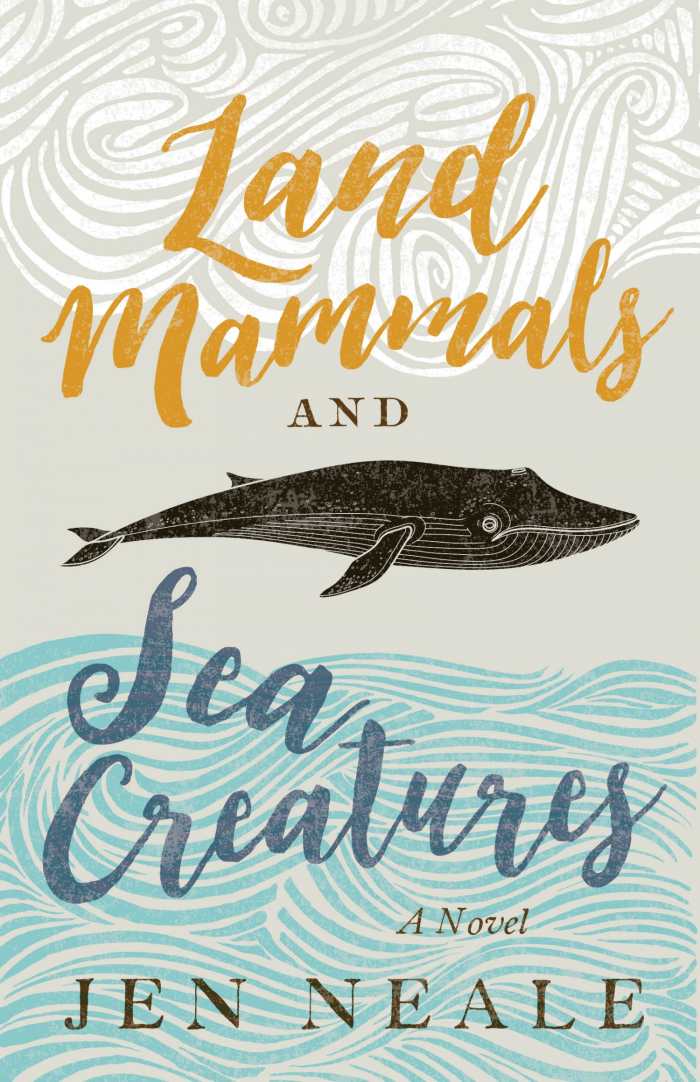
Jen Neale
ECW Press
Softcover $16.95 (300pp)
978-1-77041-414-3
Buy: Local Bookstore (Bookshop), Amazon
Julie Bird is distracted from a blonde stranger gesticulating from the shore when a whale appears, headed for the beach. Soon, it becomes clear that the big blue wants to beach itself, and Julie pictures “herself on her knees at the bottom, an air traffic—water traffic—controller, waving an orange flag.” But the whale succeeds, and Julie’s day on the water is ruined, even before a bald eagle and two ravens dive headfirst into the rocks nearby. In Jen Neale’s Land Mammals and Sea Creatures, this is where the past has come to die.
Julie moved back to Port Braid, Vancouver, to deal with her ailing father, Marty. He’s sick, but that’s nothing new. He’s been sick all her life—whether from grief at the loss of her mother or with PTSD from the Gulf War. But something’s different this time. He’s letting go of his habitual routines and stolid silence to host live music and tell Julie stories about his old dog, Midge. Julie suspects the rotting whale carcass, the stranger from the beach—anything to deflect from what Marty is headed toward.
Half shaman, half catalyst, the blonde stranger bridges the past and present, provoking Marty into telling stories about his past that reveal and obscure in equal measure. Though they’ve long been united by their relationship’s steady dysfunction, these revelations propel the Birds in different directions: while Julie struggles to accept her limits, Marty finally allows himself to connect to what he’s long tried to forget.
Land Mammals and Sea Creatures’s magical realism is dark and apocryphal. On this journey through the valley of the shadow of death, the only clear signal is distress. As Julie, Marty, and the mysterious stranger traverse illuminating fictions and inexplicable animal suicides, Neale never lets you forget that humans are animals too.
LETITIA MONTGOMERY-RODGERS (February 27, 2018)
The Beginning Woods
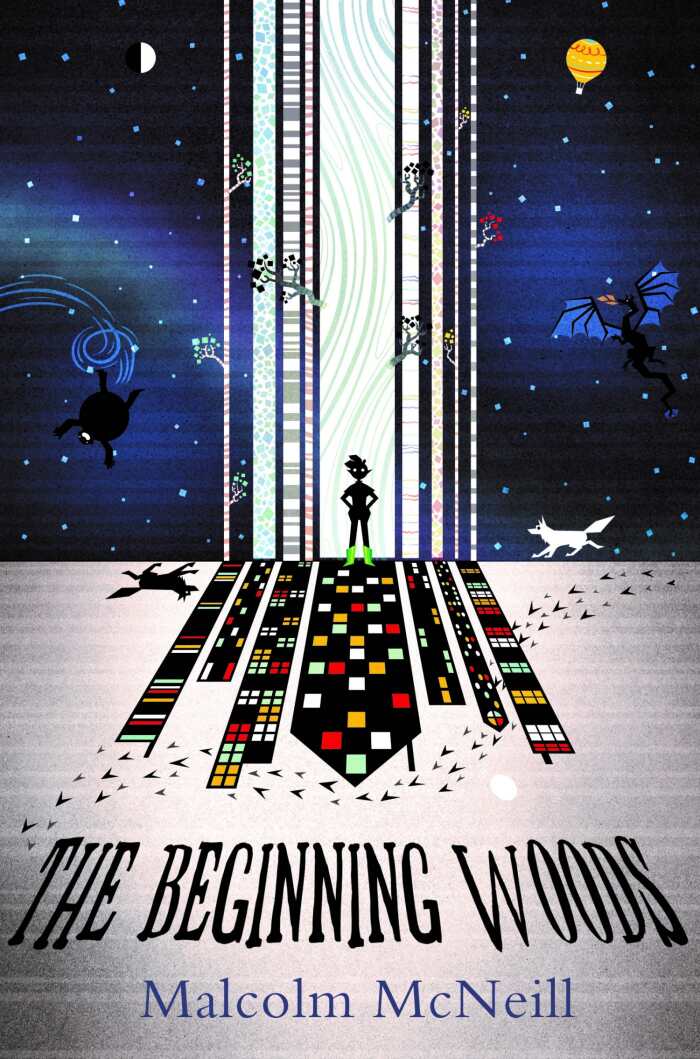
Malcolm McNeill
Sky Pony Press
Hardcover $17.99 (528pp)
978-1-5107-2290-3
Buy: Amazon
“The Vanishings went unwitnessed—until the telltale puddle of clothing was found there was no reason to suppose a Vanishing had happened at all.” In Malcolm McNeill’s The Beginning Woods, adults are disappearing all over the globe, and an international conclave of scientists housed in Paris’s Trocadero Palace continues to work against increasingly unsurmountable odds. As it happens, one particularly spooky baby deposited at London’s Surbiton Center for Orphaned and Abandoned Babies started the Vanishings twelve years ago, although no one—not even that former baby—knows that secret.
When a Kobold arrived at the orphanage, all sharp teeth and gangly limbs, everyone knew something was wrong. Told day after day that nobody wanted him, no one was more surprised than the Kobold himself when the Mulgans—jovial, hook-handed Forbes and meek Alice—decided to adopt him. Thus began the life of Max Mulgan, a suburban Londoner and his adopted parents’ last, best dream.
However, Max can’t stop dreaming about his “forever parents.” He immerses himself in storybooks, searching for any clue about the people he’s convinced he really belongs to—that is, until books and many other acts of imagination are outlawed in an attempt to end the Vanishings. But it’s too late for Max. In the grip of his own imagination, he searches for the beginning of his own story in a quest that will take him away from the world he’s known and deep into the Beginning Woods.
Unafraid to grapple with complexity, The Beginning Woods changes the geography of fairies back into something as fundamental and frightening as human nature itself. Filled with gorgeous imagery and memorable prose, McNeill’s middle grade novel will break hearts and bind them back together with a happy ending. This is a love letter to the power of imagination.
LETITIA MONTGOMERY-RODGERS (February 27, 2018)
The Case of the Deadly Doppelganger
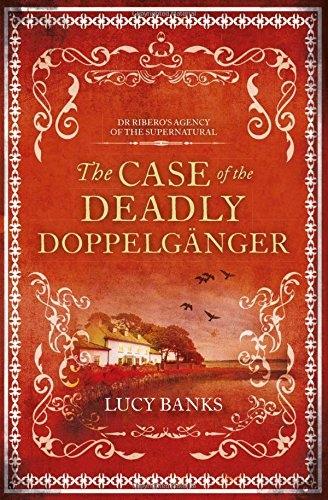
Lucy Banks
Amberjack Publishing
Softcover $14.99 (328pp)
978-1-944995-47-8
Buy: Local Bookstore (Bookshop), Amazon
Join Dr. Ribero’s Agency of the Supernatural for The Case of the Deadly Doppelgänger, the second book in a series that follows Kester Lanner, a twenty-two-year-old nerd, avid indoorsman, and newly minted “spirit door-opener.” Also, he’s just discovered that he’s the son of Dr. Julio Ribero, the head of a clandestine supernatural agency on the skids. Welcome to the unglamorous, low-paying, low-profile world of the supernatural.
Desperate for work, the agency bids on a government assignment trapping a rogue doppelgänger spirit in Lyme Regis. However, their celebration soon turns sour as they learn that they’re sharing the job with Ribero’s nemesis—plus there’s an impossible deadline, a series of uncooperative locals, and a spirit that’s not exactly what it seems.
Working for his father the past four months, Kester’s still figuring out what kind of relationship he wants—to his parent and the supernatural. Unfortunately, circumstances are pushing him into a more active role; his father is diagnosed with Parkinson’s. Now Kester not only needs to contribute, he must figure out how to lead.
Despite his insecurities, something about the way this doppelgänger spirit is picking off the tight-knit group of pensioners is niggling at Kester. If he’s even going to figure it out—not to mention get some time off for a second date with his crush—he’ll have to muck about in ancient graves, internet dark sites, and moldy discount hotels, hoping and praying he’ll get lucky.
Banks blends supernatural mystery with workplace comedy in a ribald romp that threatens to run roughshod over shy, beta-hero Kester. Yet, Kester’s gawkish naiveté is endearing. After all, growing up is hard to do, and never more so than when there are spirits out to get you.
LETITIA MONTGOMERY-RODGERS (February 26, 2018)
The White Hare
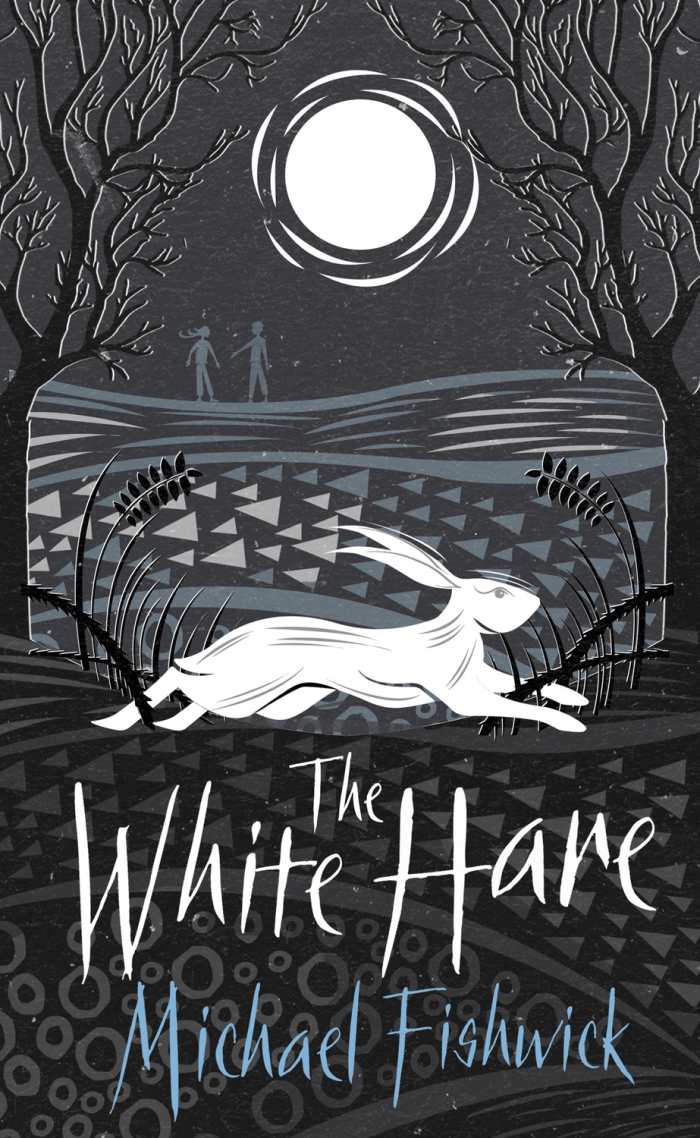
Michael Fishwick
Head of Zeus
Hardcover $15.99 (248pp)
978-1-78669-051-7
Buy: Amazon
In Michael Fishwick’s The White Hare, local legend has it that a woman who dies abandoned by her lover can return in rabbit form to seek revenge. Who this woman might be and who she’s come for is a subject of village debate. Young Robbie, newly arrived, is learning the lore for the first time. However, his only friend, Maggie Carr, knows who the white hare is. And she’s been waiting for her.
After the fire, Robbie remembers “loving the flames, their wildness and their strength.” After all, fire was his anger. But now, everything has changed. He’s moved from London to the countryside. He has a record. His mom is dead. His dad is going native, and his stepmother and stepsisters seem to have one foot out the door. When the white hare shows up, Mags drags him through forest and field and into legend, showing Robbie that change has just begun.
At the heart of the story are Mags, “almost invisible … the clothes she was wearing so weathered and faded that she melted into the landscape and became a part of it”; the white hare, “her body hunched like a question mark”; and Robbie himself, blazing, running, and anxious. Revealed slowly in lovingly rendered scenes, this triumvirate navigate a landscape both internal and external and find themselves in the wildest, oldest, and most dangerous terrains of human experience.
Fishwick wields strangeness rather than certainty, and specificity rather than answers, in this rare offering filled with mystery and emotional depth. A treatise on the brutality of love and the pain it frequently leaves behind, The White Hare looks to the wild places and feral people that grief creates. The beauty of its prose lingers, a grace note amidst the heartbreaking realization that, often, “it’s hard to know how guilty you are.”
LETITIA MONTGOMERY-RODGERS (February 27, 2018)
Downdrift
An Eco-Fiction
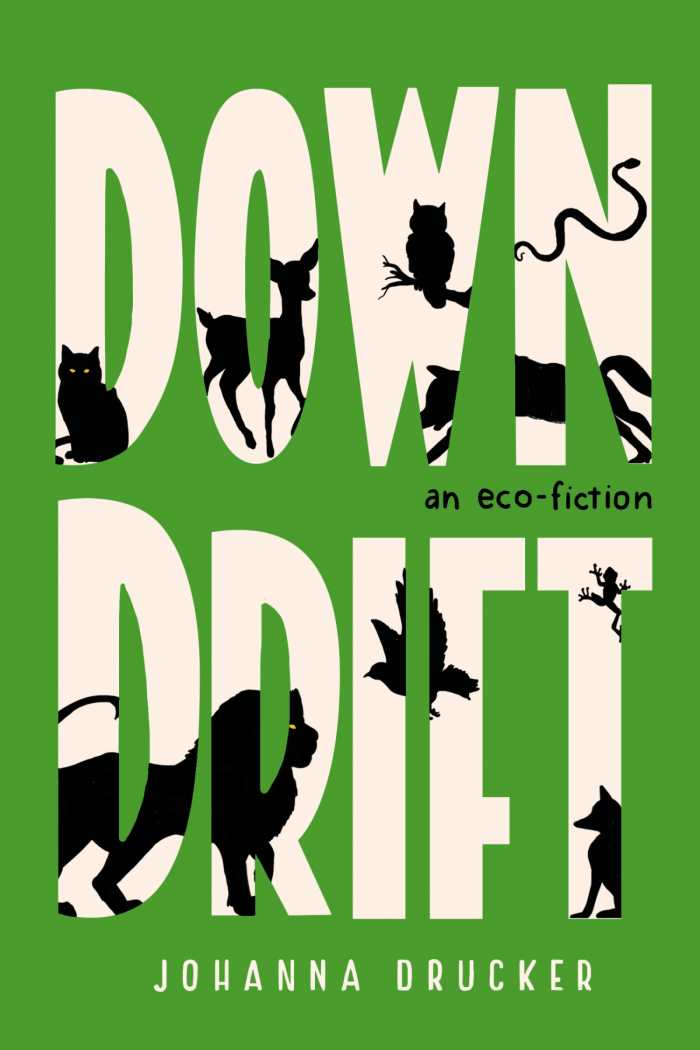
Johanna Drucker
Three Rooms Press
Softcover $15.95 (256pp)
978-1-941110-61-4
Buy: Local Bookstore (Bookshop), Amazon
Humans “imagine every adoption of their behaviors to be an advancement. I see it otherwise, as downdrift, the seepage of traits across species.” So posits the Archaeon, the 3.8-billion-year-old creature who narrates Johanna Drucker’s Downdrift. With no little disdain, this unicellular bit of genetic code monitors the animal world’s behavioral adaptations in response to humanity’s psychic toxins.
As the Archaeon watches, animals across the globe are infected with human emotions, a toxic disease resulting in behavioral change at a cellular level. Like any adaptive response, this change isn’t instantaneous, but, once begun, it is inevitable. Inhabiting all of these complex organisms, but nevertheless its own being, the Archaeon rides the evolutionary wave, delivering commentary as it dips its distributed consciousness into various hosts’ bodies. At the center are two particular felines—a Boston house cat named Callie and a lion from Africa’s savanna—who are compelled to seek each other out amid the changes within and around them.
Downdrift change is accelerated beyond anything the Archaeon’s long memory has seen before, leading the organism to posit that it’s not genetic mutation but a cultural phenomenon that’s transferred socially. Established early, this framework allows Drucker to plumb human social behavior in satirical and terrifying ways.
Sentient slime molds with their first crush won’t take no for an answer. Certain adult baboons pander to juveniles and mimic their behavior. Various small rodents engage in competing industries, vying for supremacy in fashion and adornment. And without the pressure of survival to provide basic drives, interspecies laws have made virtually everyone a vegetarian.
Laughing or crying, Drucker skewers the current cultural moment in a novel extrapolation of epic proportions. Taken to the furthest extreme, Downdrift is dogged by an urgent need to understand the difference between the domestic and the wild, measure it, and recalibrate its implications for survival.
LETITIA MONTGOMERY-RODGERS (February 27, 2018)
Letitia Montgomery-Rodgers

